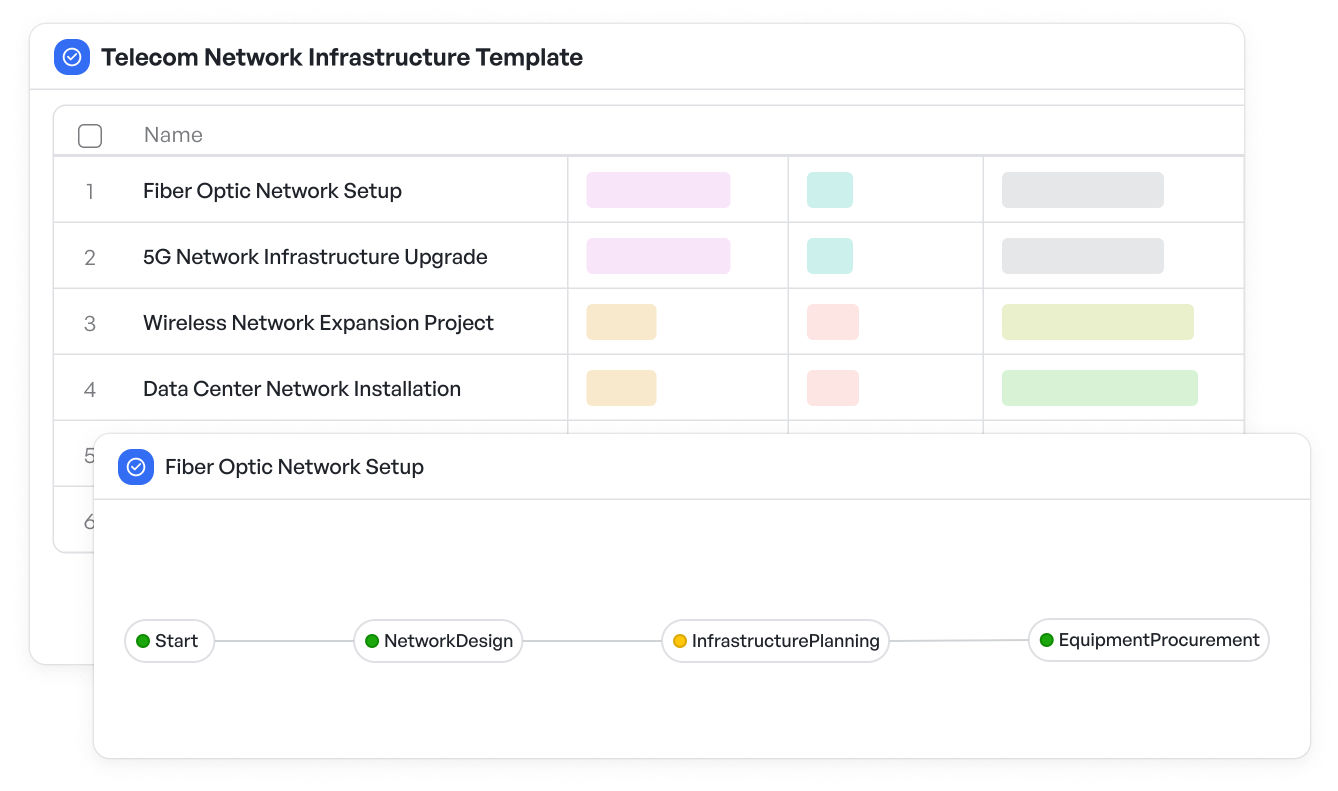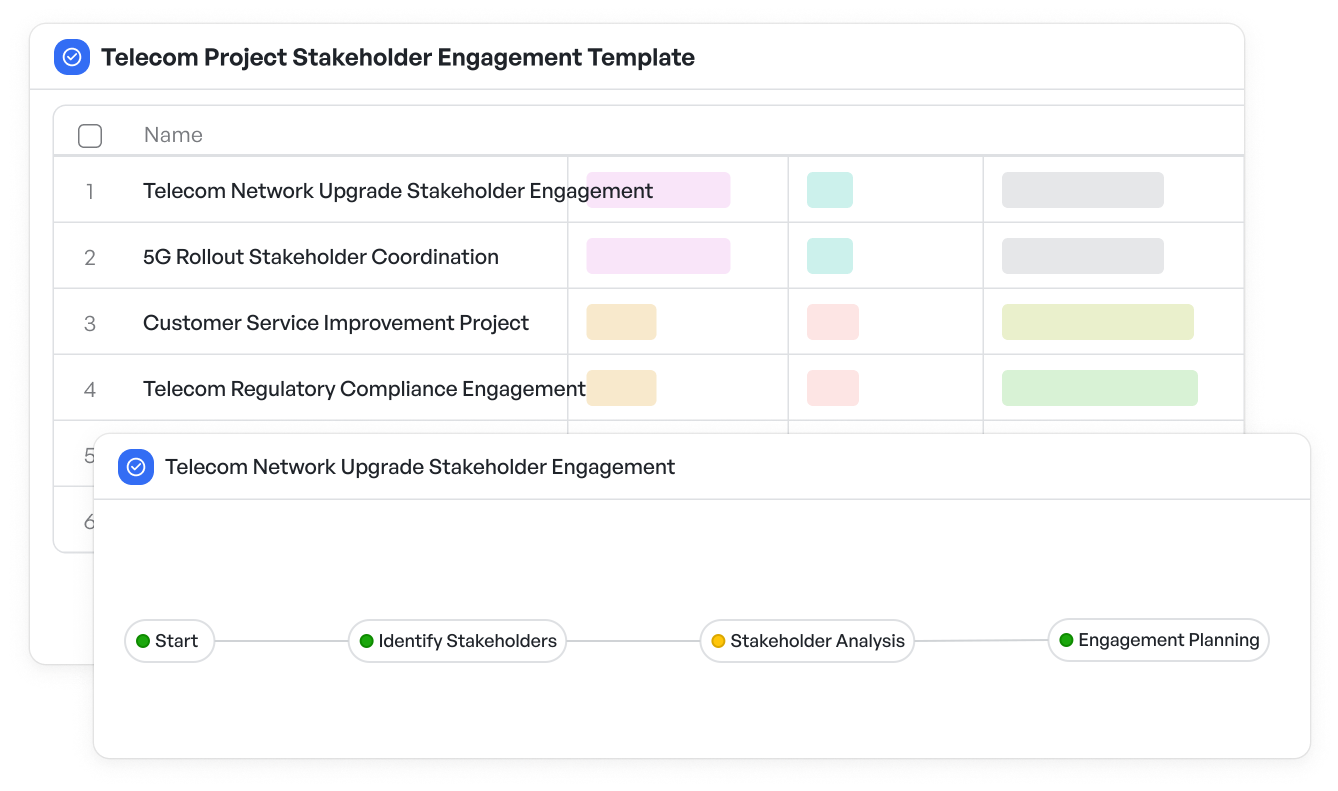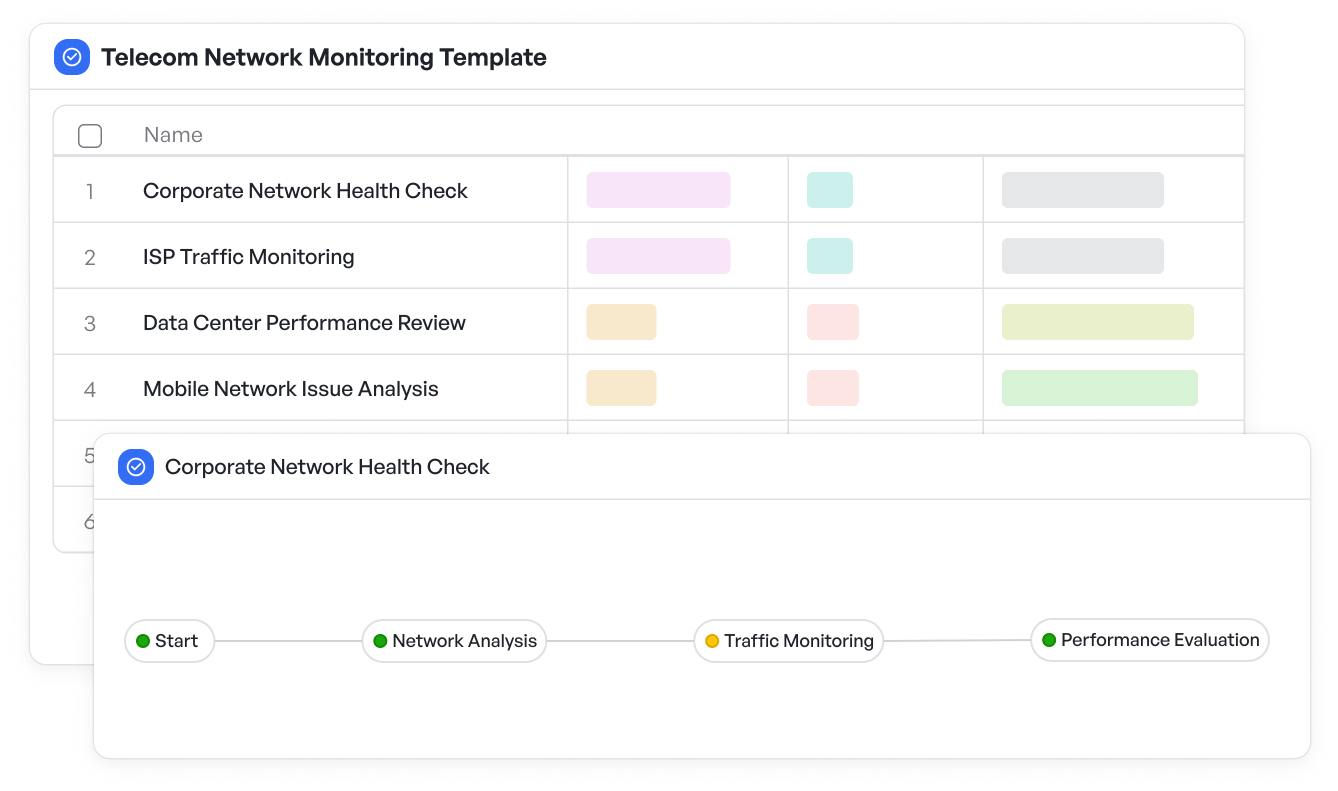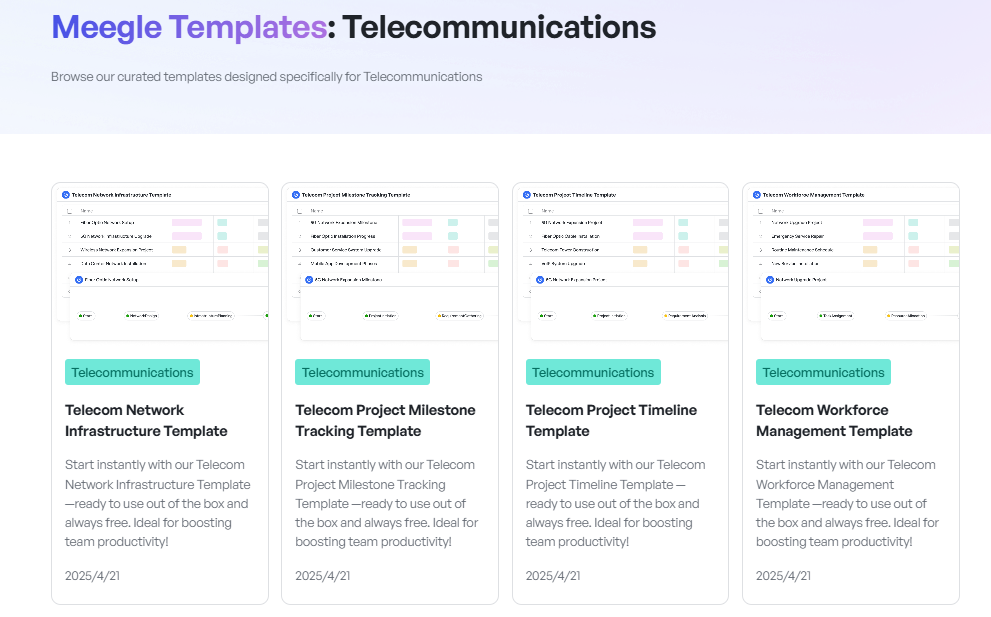How To Implement Crystal In Telecommunications

Why Telecom Teams Are Rethinking Project Management
Telecommunication organizations operate in fast-paced environments with growing demands for infrastructure rollouts, 5G transitions, and network upgrades. Traditional project management methods often slow execution and create misalignment across teams. That’s where Agile methodologies like crystal offer a clear and structured alternative.
Crystal focuses on simplicity, human-centric collaboration, and adaptable workflows, making it well-suited for telecommunication teams juggling technical complexity, compliance requirements, and cross-functional execution.
This article explores how crystal methodology applies to telecommunications and how teams can adopt it to gain visibility and reduce delays.
What Is Crystal in Telecommunications?
Crystal is a family of Agile methods designed to fit different team sizes and project criticalities. For telecommunication teams, which often include a mix of network engineers, software teams, field service operators, and compliance units, crystal offers the flexibility to tailor workflows without imposing heavy administrative overhead.
It emphasizes the following:
- Frequent communication
- Early and regular delivery
- Personal safety (encouraging honest feedback)
- Focused and visible workflows.
Unlike heavyweight frameworks, crystal adapts to the reality of telecom projects, whether that’s laying new fiber networks, managing vendor integrations, or coordinating maintenance schedules across geographies.
 Telecom network infrastructure template to manage complex network projects
Telecom network infrastructure template to manage complex network projectsWhy Crystal Works for Telecommunications Projects
Telecommunication projects often involve diverse teams, complex tasks, and extended timelines. Crystal’s flexible Agile approach helps these teams adapt their workflows to meet varying project demands, maintain steady progress, and foster collaboration across all stakeholders.
1. Supports High-Variability Environments
Telecommunication projects differ widely, ranging from software updates for backend systems to hardware installations at remote towers. Crystal allows teams to right-size their workflows and documentation levels based on the type of work and team dynamics.
2. Encourages Frequent Delivery for Long-Term Projects
Large rollouts such as 5G infrastructure and internet of things (IOT) or city-wide fiber deployments can span months. Crystal encourages incremental delivery, allowing teams to show progress and course-correct regularly without losing sight of long-term goals.
3. Builds Trust Across Cross-Functional Units
Telecommunication execution usually includes network teams, customer operations, finance, and third-party vendors. Crystal’s emphasis on communication, visibility, and collaboration makes it easier to manage these moving parts without silos.
 Telecommunications project stakeholder engagement template to streamline collaboration across diverse teams
Telecommunications project stakeholder engagement template to streamline collaboration across diverse teamsCore Practices When Using Crystal in Telecommunications
Define Team Size and Criticality
Crystal methods vary (e.g., crystal clear, crystal orange) based on team size and project risk. Telecom teams should start by mapping their project scope and team size to the appropriate crystal variant.
Visualize the Workflow
Use visual boards to represent stages such as planning, vendor coordination, testing, rollout, and maintenance. These visual workflows help stakeholders quickly identify project status, bottlenecks, and dependencies.
Promote Frequent Check-ins
Regular stand-ups and reflection sessions allow telecommunication teams to share blockers, report progress, and make adjustments, which are crucial when managing dispersed field and technical teams.
 Telecom workflow management template for coordination and check-ins for dispersed telecom teams
Telecom workflow management template for coordination and check-ins for dispersed telecom teamsDocument Lightly, Deliver Often
Avoid exhaustive documentation that delays output. Use lightweight checklists and key artifacts to maintain traceability without adding administrative friction.
Common Challenges When Implementing Crystal in Telecommunications
Resistance from Hierarchical Structures
Telecommunication companies often operate in structured, top-down environments. Crystal requires open communication and shared ownership, which may need cultural shifts.
Aligning Distributed Teams
Field engineers, software developers, and network operations center (NOC) teams often work asynchronously. Creating shared workflows and centralized tracking can address this gap.
 Telecom network monitoring template of Meegle
Telecom network monitoring template of MeegleManaging Compliance Needs
Agile doesn’t mean ignoring audits or compliance logs. Telecommunication teams need to layer crystal’s lightweight processes with regulatory checkpoints, especially in regions with strict telecommunication oversight.
How Visual Workflows Strengthen Crystal in Telecommunications
Crystal emphasizes visibility while avoiding micromanagement. Using a visual workflow tool helps telecommunication teams:
- See the full project path from planning to field execution.
- Track progress across internal and vendor teams.
- Surface risks earlier in the cycle.
Visual workflows support Crystal by fitting naturally into existing telecommunication project rhythms without requiring team members to learn new frameworks from scratch. They provide just the right level of detail, helping teams maintain clarity without overwhelming them.
For more on balancing visibility and micromanagement, read granularity in project management.
Tools that offer configurable templates like deployment planning, vendor coordination, or NOC escalation can help operational leaders bring agility into practice without overhauling their entire stack.
 Telecommunication templates in Meegle
Telecommunication templates in MeegleSimplifying Agile Execution with Crystal in Telecommunications
Telecommunication teams are under increasing pressure to deliver faster while maintaining reliability and compliance. Crystal offers a human-friendly framework to meet these goals, especially when paired with visual workflow tools that improve alignment, reduce back-and-forth, and make project progress easy to interpret.
From chaos to clarity—Meegle simplifies large-scale telecom operations. Experience it today!!
The world’s #1 visualized project management tool
Powered by the next gen visual workflow engineRead More
Check All BlogsStart creating impactful work today



